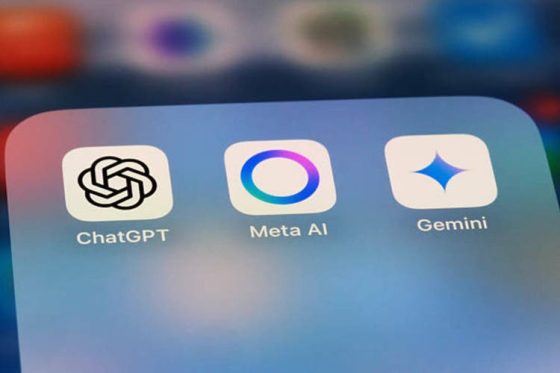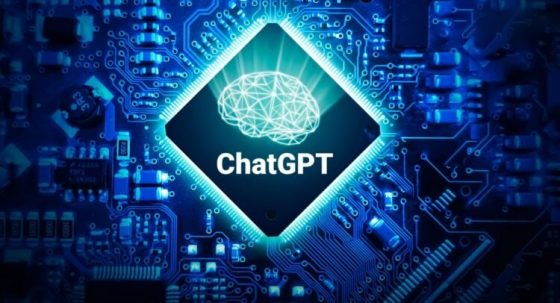Retail Technology Innovation of the Week is a series brought to you by RTIH, and sponsored by 3D Cloud, highlighting stand out deployments, launches, and initiatives by retailers and tech suppliers. And this week we’re focusing on Merchmix which is laying claim the world’s first agentic SaaS retail
OpenAI to launch its first AI chip with Broadcom: report
OpenAI is set to produce its first artificial intelligence chip next year in partnership with U.S. semiconductor company Broadcom (AVGO), the Financial Times reported on Thursday, citing people familiar with the matter.
OpenAI Taps Broadcom (AVGO) to Build Its Own AI Chips
Artificial intelligence (AI) giant OpenAI is going all-in on producing and deploying its own AI chips next year, with support from semiconductor company Broadcom ($…
🌳 Cleveland Metroparks Utilizes AI for Visitor and Wildlife Tracking
Cleveland Metroparks is implementing AI technologies to monitor wildlife and visitor patterns. This integration aims to enhance resource management and improve park visitor experiences by analyzing data on movement and behavior. Using advanced analytics, they aim to make informed decisions regarding ecosystem protection.
Read More:
ChatGPT boss suggests the ‘dead internet theory’ might be correct
OpenAI’s Sam Altman criticised for his role in AI-powered accounts taking over the web
Cleveland Metroparks using AI to track visitors, wildlife
Cleveland Metroparks shares its use of AI with the Board of Park Commissioners. Plus, finance reports show zoo admissions revenue down 30%.
Army to add AI to soldiers’ phones and laptops to spot enemies
TurbineOne also reportedly has the ability to control “drone swarms”
💻 Atlassian Acquires AI Browser Developer for $610M
Atlassian invests $610 million in an AI browser developer, entering the AI browser market. The acquisition focuses on enhancing collaboration and IT tools like Jira with AI features, aiming to improve user experience and automation in web browsing, affecting businesses globally that rely on these tools.
Read More:
U.S. FTC prepares to grill AI companies over impact on children: Report
The U.S. Federal Trade Commission plans to study the impact of artificial intelligence chatbots on children’s mental health.
Atlassian staking a claim in the AI browser space with acquisition of a developer of AI-powered browsers
The provider of Jira and other IT and collaborative apps is betting $610 million on the nascent space, hoping to turn browsers into AI-powered assistants.








